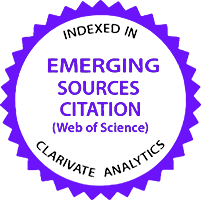Abstract— This work concerns of reducing the effect of a drawback of some wireless systems that were sensitive to the peak power signals, namely peak-to-average power ratio (PAPR) problem. It is considered as a vital disadvantage of the Multiple-Input Multiple-Output-Orthogonal Frequency Division Multiplexing (MIMOOFDM)-based wireless systems. The effect of a new proposition called special averaging adaptive wavelet transformation (SAAWT) will be studied over Sniffer Mobile Robot (SNFRbot) wireless system. This proposition will check the SNFRbot performance and measure its capability of reducing the PAPR. Furthermore, two previously published works will be used to validate our proposition; Neural Network-based, special averaging technique-based. In addition, it compares the attained results with literature techniques such as selective mapping (SLM), Clipping technique, and partial transmit sequence technique (PTS). The SNFRbot based MIMO-OFDM performance is checked based on both of the Bit Error Rate (BER) and Complementary Cumulative Distribution Function (CCDF) curves. This is true in the light of the limitation of bandwidth and channel behaviors constants. This will be attained by making use of two kinds of data; randomly generated data and practically collected data that have been extracted from a funded project entitled energy consumption: efficiency and management (ECEM). As a result, the proposed work, namely special averaging adaptive wavelet transformation (SAAWT), shows promising results to enhance the SNFRbot performance. The SAAWT-based work is compared to five other works and shows powerfulness in combatting the PAPR; the achieved enhancement falls in the range between 20% and 83.89%. BER enhancements combat the channel effects, where it achieves a 65.5% over the SAT-Based work and 42% over the NN-Based work. Furthermore, the enhancement of the SAAWT over literature work falls in the period between 46.3% and 55.1%.

![Scopus®_151_PNG-300x86[1]](https://jjee.ttu.edu.jo/wp-content/uploads/2024/03/Scopus®_151_PNG-300x861-1.png)
